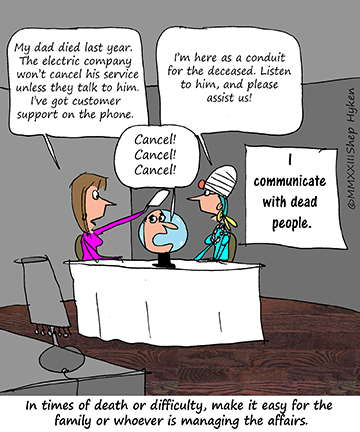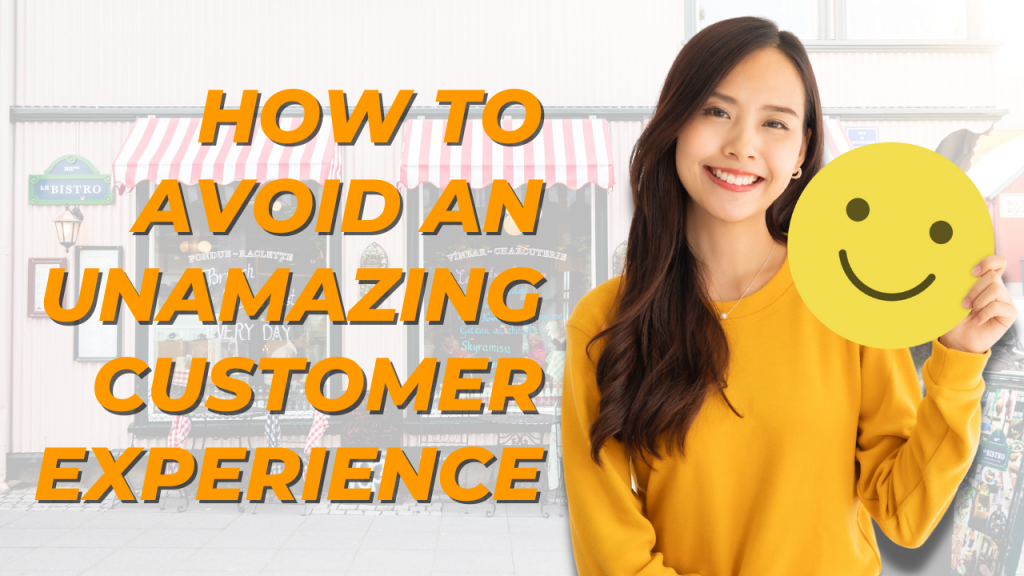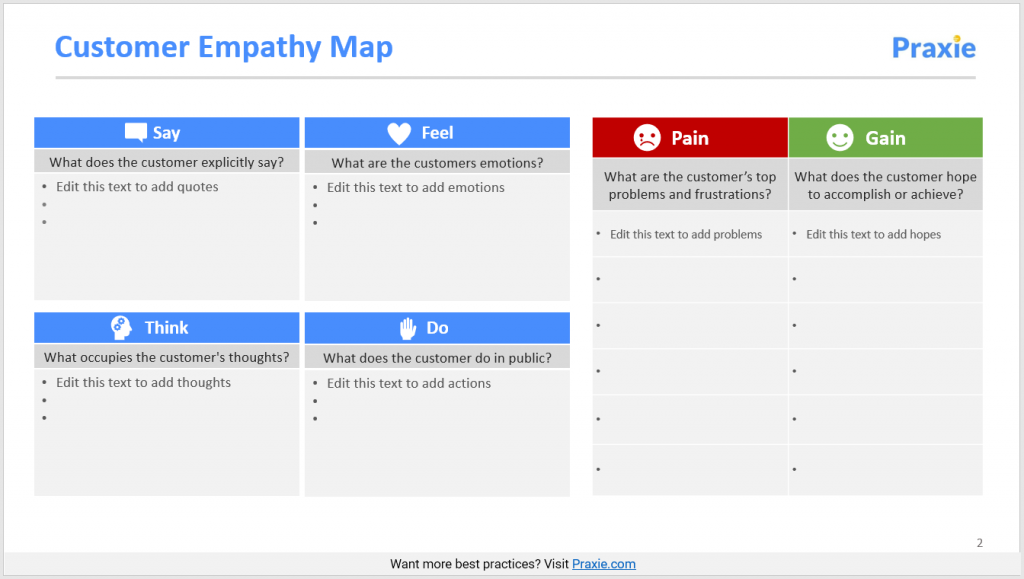
GUEST POST from Tullio Siragusa
Life brings opportunities, happiness, and skyrocketing success when we decide to live it fully and without fear. Along with that, we will face challenging times that will cause us to grieve.
Globally, we are all facing a form of grief right now. Be it the loss of a loved one to Covid-19, or the loss of our free way of life — grief is all around us. Before this pandemic that we are experiencing collectively, you may have suffered the loss of loved ones for other reasons, or you may have gone through a divorce, a breakup, the loss of a friendship, or the loss of a pet.
There are many forms of loss. You can experience loss of money, your job, reputation, your faith, health, and even loss of hope.
“Loss is a normal part of life and grief is part of the healing process if we learn to face it with grace.”
To get through grief with grace it’s ideal to face it with the help of others, but for the most part you have to get through it alone. We are privileged to have family, friends, spiritual direction, therapists, life coaches and other support groups around us, but healing grief is essentially between you and yourself.
“In time of grief you need to embrace yourself, love yourself and cure yourself.”
It is easier said than done, but there is truly no other way around grief than to face it fully on your own, courageously, vulnerability and with grace.
Importance of Grace
We all, at some point in our lives, have felt as if we reached our breaking point, but eventually we wake up to the desire to not be broken for rest of our lives. For instance, while going through hard times we are not always acting our best selves. Harsh words are often exchanged with others out of the need to “dump the pain” on someone else to feel some sense of relief. After doing that, we often feel guilty about it and apologize.
It is not bad to apologize, but losing your temper and saying things you normally would not say can not only tarnish your image, but can scar someone badly enough that you lose their trust for a long time, and sometimes forever.
“When you manage your emotions while grieving, you hold on to grace, and grace is the energy of mercy for yourself and others.”
Our personality gets groomed with every pain we overcome. If we walk through life’s journey with a mindset that everything happens for a reason, and everything happens to teach us something new, then every challenging time becomes an opportunity to add strong positive and graceful traits to our personality.
The people who learn to manage their emotions during the toughest times without falling apart, add an unprecedented trait of composure, grace and an emotionally intelligent personality.
How to Get Through Grief with Grace
First, you need to fully acknowledge that grief is normal. It is not a disease. It is not a sign of weakness, or lack of emotional intelligence.
Our human body and mind is built to respond to situations. When we lose something, or someone precious, grief comes knocking. Trying to avoid that grief is not the right way to get over it. The best way to deal with grief is to embrace it and get through it.
One of my spiritual teachers used to say: “The only way to get to the other side of hell, is one more step deeper into it, that is where the exit door is waiting for you.”
“In order to grieve with grace, we need the courage to face loss as normal as anything else we experience in life.”
I know people who have avoided facing the loss of their loved ones for years, but ultimately, they had to go through it and face it. Grief will come for you no matter what, so why postpone it?
The foremost thing to handle any tough situation is to develop gratitude for all those blessed situations in your life that make it beautiful. No doubt, feeling gratitude while grieving is almost impossible, but if you develop a habit of being grateful on a daily basis, it becomes possible to feel it even during tough times.
If you are going through grief, find a peaceful place away from all those people reminding you of the loss, and try to connect to any happy moment you can recall. Feel that moment in your heart. Hold on to that feeling as long as possible and write it down later.
Whenever you feel broken, be mindful of such moments. You will soon be able to tap to a comparatively happy person inside you, anytime you need to.
“The way to develop your grace muscle is to live daily with gratitude and make a mental library of the happy moments in your life that you can borrow against, during difficult times.”
We have been living in a time in history void of pain. We are constantly seeking happiness and running from pain and suffering. Now we are being forced to face pain, suffering, uncertainty, and loss.
There are blessings inherent within loss and suffering. The blessings are always revealed on the other side of grief, and it is always hard to believe that the blessing is happening amidst grief and pain. However, if you look back in your life at the moments that defined you, the moments when you experienced the most Light, the most blessings — it was soon after your darkest hours.
“When we move through the process of grief believing in our ability to grow from the experience, we become more aware of the blessings in disguise that will come out of it.”
A sense of serenity can be achieved through releasing the pressure of the expectations of a set pattern for your life. There comes a moment when it is better to embrace what you can’t change, and develop the courage to strive for what you can.
“Acknowledging your capacities and the difference between what you can and what you can’t control, will make it easier to go through grief.”
What I am talking about is the power of surrendering to what is, instead of holding on to what could have been. For most people, grace is among the most precious trait of their personality and behavior.
If you have lost something or someone precious that is an irreparable loss, it is important to take care of yourself during those testing times. Remember that all chaos comes with an expiration date, and to surrender to the change you need to make to keep moving forward.
Remember the blessings in your life, be grateful for what is, has been, and will be, and be patient with yourself.
NOTE: For all those who have lost loved ones during the Covid-19 pandemic and have not been able to properly say goodbye, I wish that their memory be a blessing in your life.
Image credit: Pexels
Originally published at tulliosiragusa.com on April 27, 2020
 Sign up here to get Human-Centered Change & Innovation Weekly delivered to your inbox every week.
Sign up here to get Human-Centered Change & Innovation Weekly delivered to your inbox every week.


![]() Sign up here to join 17,000+ leaders getting Human-Centered Change & Innovation Weekly delivered to their inbox every week.
Sign up here to join 17,000+ leaders getting Human-Centered Change & Innovation Weekly delivered to their inbox every week.







